The machinery that drives mitosis and its control through the spindle checkpoint is conserved across many eukaryotes. However, our understanding of chromosome segregation and its control derives almost entirely from few intensively studied model organisms. Analysis of organisms outside these elite models has shown that a greater variability exists, with different organisms adopting different mitotic strategies. In the ‘open-mitosis’, employed by all metazoans, the nuclear envelope is disassembled at mitotic commitment to allow interaction between microtubules and kinetochores. In many fungi, however, chromosome segregation often occurs within an intact nuclear envelope (closed mitosis) with the formation of an intranuclear spindle. An even greater variability is observed when analysing mechanistically how mitosis is achieved in different fungal species and studying evolutionary distant organisms, belonging to other eukaryotic supergroups. An extreme example being the distantly branching dinoflagellates, of the Alveolata group. In these cells, the nuclear envelope persists intact during mitosis, and an extra-nuclear spindle passes through channels formed by nuclear envelope invaginations. Differently from all conventional eukaryotic model organisms, the cytoplasmic spindle microtubules are thought to segregate chromosomes by indirectly contacting them across the nuclear membrane. This host of different mitotic strategies raises the question of how the same molecular machinery has been employed to achive different mitotic mechanisms.
Combining transcriptomic, proteomics and cell biological appraoches, our goal is now to characterize in details the mitotic cycle of the toxic dinoflagellate Ostreopsis cf ovata and describe the molecular changes associated with each transition (in collaboration with Dr. R Copley, UMR7009 and Dr. R Lemee, UMR703). Comparison with the extensive data available for canonical model systems will allow to estimate the extent of convergence/divergence in mitotic strategies across eukaryotes and will provide insights into the basic requirements of eukaryotic mitosis and its evolution.

Laboratoire de Biologie du Développement UMR 7009
Cette UE se déroule sur 2 semaines et a lieu au laboratoire de Biologie du Développement de Villefranche -sur-Mer (LBDV). Elle inclut l’examen de l’UE d’analyse scientifique (5V089) suivie par les étudiants de la spécialité de Biologie du Développement.
Durant la 1ère semaine, les étudiants participent à des ateliers et des rencontres avec les chercheurs du laboratoire.
Durant la 2ème semaine, les étudiants sont répartis dans les équipes pour y réaliser un mini projet qu’ils présentent le dernier jour du cours. Le cours est donné en anglais pour tout ou partie.
Modalités d’évaluation
Présentation orale du mini-projet (binôme, 100 %)
UE en anglais (partiellement ou totalement)
Master BMC, S3, 6 ECTS
Code UE: 5V200
Responsable de l’UE: Carine BARREAU (MCU): carine.barreau [at] obs-vlfr.fr
Cette UE permet aux étudiants de 1ère année de Master de passer 2 semaines à l’Observatoire Océanologique de Villefranche-sur-Mer. Le cours est obligatoire pour les étudiants du Master Biologie Intégrative, parcours Biologie et Bioressources Marines (BBMA) tandis qu’il peut être choisi en option par les étudiants du Master Biologie Moléculaire et Cellulaire (BMC). Les étudiants participent à des ateliers de présentation des organismes marins utilisés par les équipes de recherche du laboratoire (LBDV) et apprennent à les manipuler au cours de travaux pratiques dont les thématiques vont de la Biologie du Développement fondamentale à la toxicologie appliquée.
Modalités d’évaluation
Analyse d’article et présentation orale (50%)
Compte-rendu écrit de TP (50%)
UE partiellement en anglais
Master BIP, S2, 6 ECTS
Code UE: 4B022 (ouverte au Master BMC)
Responsable de l’UE: Carine BARREAU (MCU): carine.barreau [at] obs-vlfr.fr
Cette UE complémentaire se déroule sur 2 semaines et permet aux étudiants de découvrir les différents aspects (métiers & recherche) de l’Observatoire Océanologique de Villefranche-sur-Mer (OOV). Ateliers et journal clubs sont organisés afin que les étudiants mettent en pratique leurs connaissances théoriques en biologie et développent leur capacité de communication scientifique en français et en anglais.